Metropolitan Police Commissioner Sir Bernard Hogan-Howe and London Mayor Sadiq Khan on Wednesday promised to boost the number of armed police officers in London in response to the recent spate of terror attacks across Western Europe.
Numbers will rise by 600 to 2,800 over the next two years, with the aim of preventing attacks like the Brussels airport bombing in June and the Bastille Day truck rampage in Nice last month, which killed a total of 116 people.
But despite the high profile of a series of recent attacks, terrorists have killed far fewer people in recent years in Western Europe than they did in successive decades of the 20th century as you can see from this infographic...
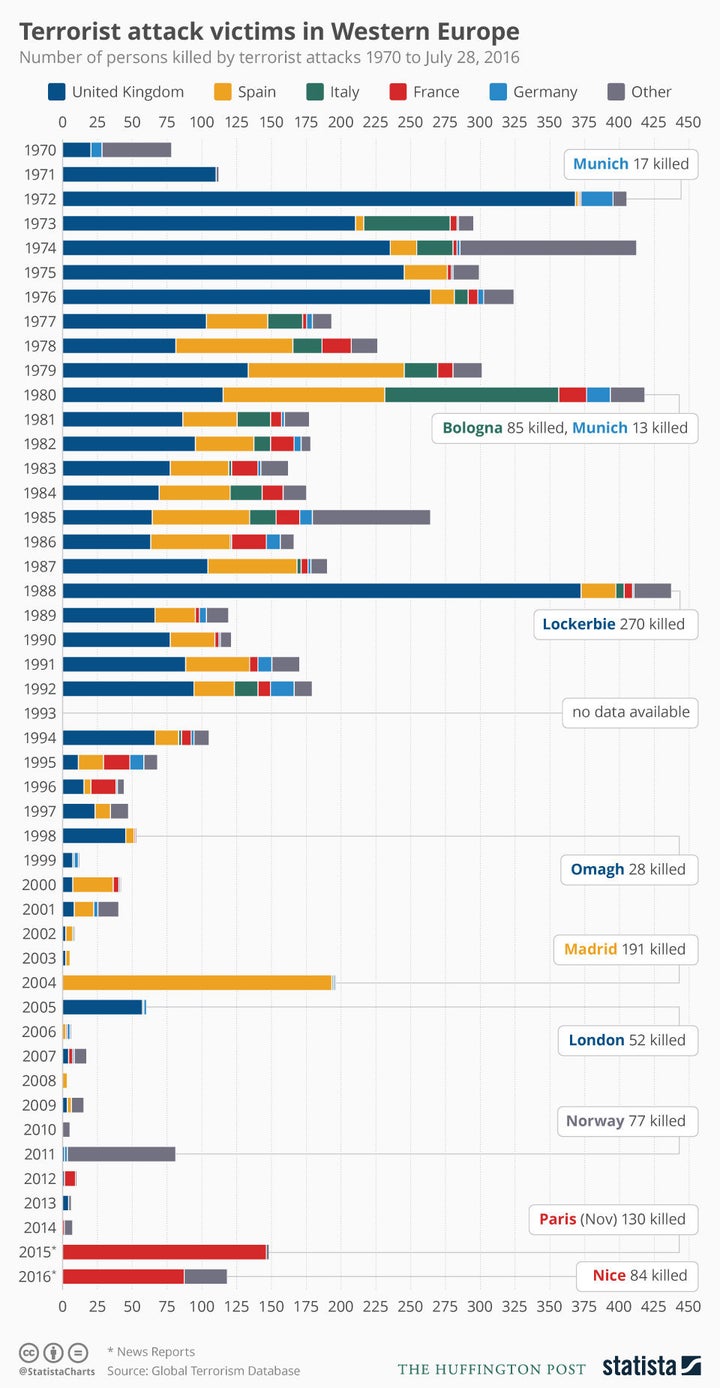
“The reality is... Western Europe is safer now than it has been for decades and is far safer than most other parts of the world,” Dr Adrian Gallagher, Associate Professor in International Security at Leeds University, told The Huffington Post UK in November.
“At the broader level, the data supports the idea that we are now living in the most peaceful period of human history.
“These graphs support the idea that Western Europe is perhaps more peaceful now than at any point in modern human history.”
So why does London need more armed police officers on the streets?
Raffaello Pantucci, Director of International Security Studies at the Royal United Services Institute, says the nature of terrorism has changed.
“The fundamental problem is that previously when you were looking at terrorist threats you tended to see instances that were fairly self-contained, by individuals who were trying to make a statement,” he told HuffPost UK.
“[Terrorists] were interested in making prisoner exchanges, attracting attention to themselves, they weren’t necessarily interested in killing as many people as they could in a single strike.”
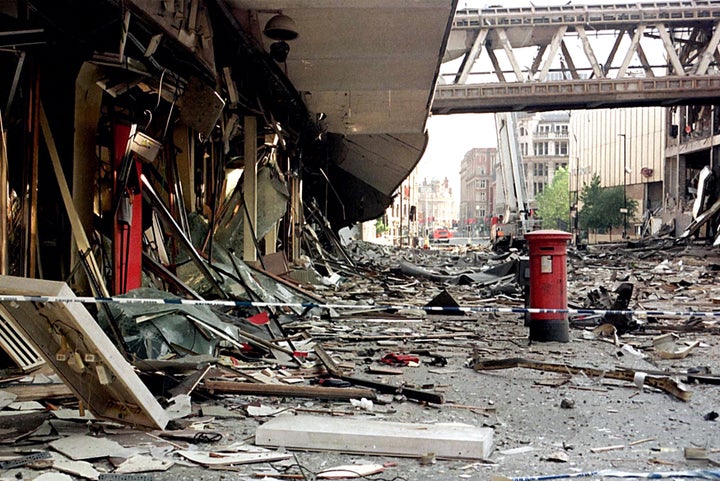
This can be clearly seen when examining the dominant terrorist groups from the 1970s through to the rise of Al Qaeda in the 1990s (see below from a definitive list)
Organisations such as the IRA, Palestinian terrorist organisation Black September and basque separatists ETA in Spain, were collectively responsible for thousands of deaths through targeted assassinations and bombings with a clear political purpose.
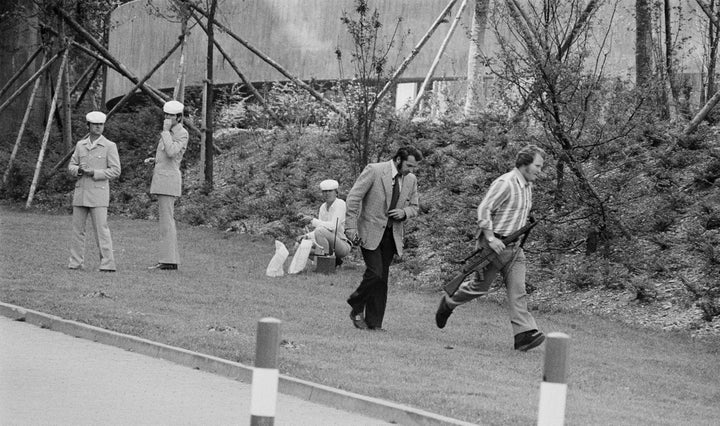
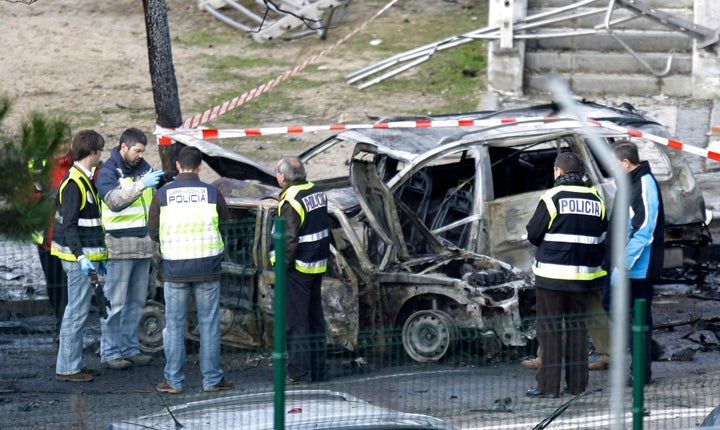
Pantucci said: “If [an attack] was in the IRA style where they would just leave a bomb in a single place, an armed response unit wasn’t necessarily a useful response.
“If someone gets a bomb to a place and it blows up then no amount of guns is going to stop that.”
The advent of mass-casualty terrorism in which an entire civilian population is deemed a legitimate target marked a sea-change in the methods employed by extremist groups, although the usefulness of an armed response group were still just as limited.
The events of 9/11 were clearly the most notable of this style of attack, but the subsequent implementation of increased airport security and a change in security service monitoring made this sort of terrorism less likely - the 7/7 Tube bombings and Madrid train network blasts notwithstanding.
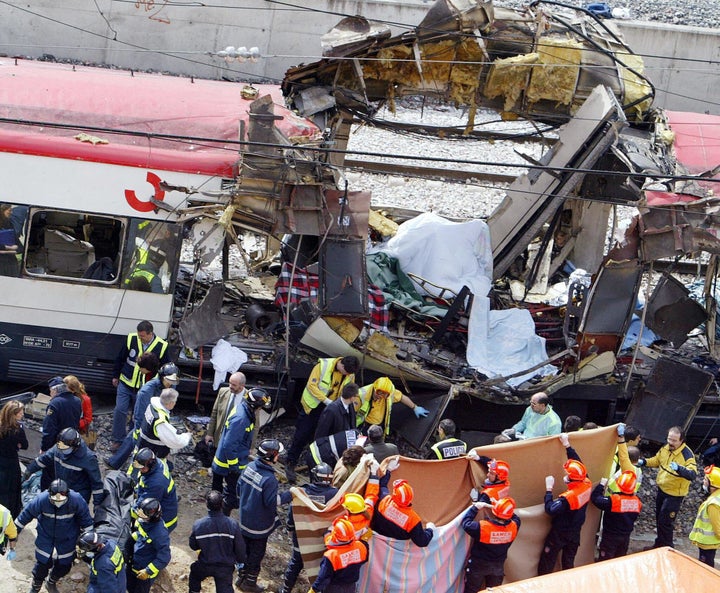
In response, terrorists have once again changed tactics, with online radicalisation contributing to an increase in so-called ‘lone wolf-style’ or suicide attacks.
Pantucci says extremists “would shoot, blow things up but they would not plan to die. Nowadays you are dealing with people who are willing to die in pursuit of the action and that makes it much harder to protect people from them”.
He adds that now Europe has been hit by “marauders either armed with guns or knives or a truck who are just trying to pile through as many people as they can then the impetus is on shutting it down very quickly.
“And for that you do need an armed response unit who can be on site quickly and stop the incident in its tracks because until that happens the individual is just going to keep on trying to kill people.
“So that change in the sort of tone of [terror} attack, just justify unfortunately a more enhanced armed response because you want police who can come to the scene quickly and shut it down.”
Dr Gallagher adds: “Of course, we should never be complacent. One thing the graphs do not show us is how many terrorist attacks were stopped prior to them being carried out.”
Here’s a look at some of the most notable terrorist organisations who have perpetrated attacks in Western Europe since the 1970s...

Motivation: The ending of British rule in Northern Ireland and the creation of a united Ireland
Tactics: Bombings, shootings mortar attacks.
Operated in: UK
Killed in Western Europe: 621 to 644 civilians (1,840 civilians are thought to have died altogether during 'The Troubles'
Notable attacks: 1996 Manchester bombing
In this picture, trainee members of the Provisional Irish Republican Army (IRA) practice guerilla warfare tactics at a secret location in the countryside outside the town of Donegal in the Irish Republic, 21st August 1986
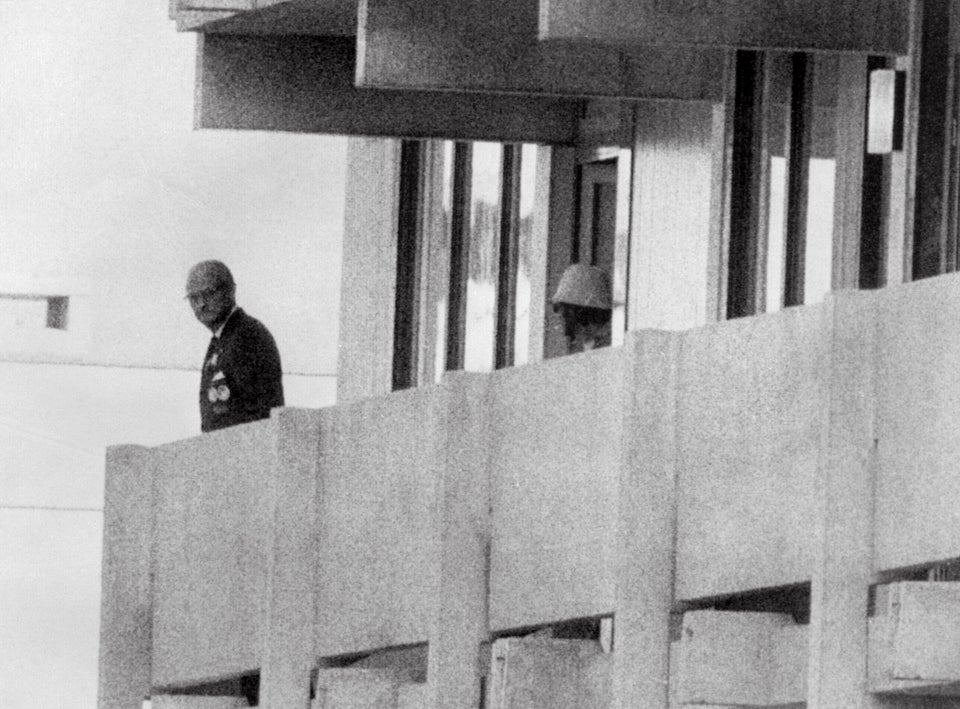
Motivation: Palestinian resistance to Israeli occupation
Tactics: Kidnapping
Operated in: Germany
Killed in Western Europe: 11 members of the Israeli Olympic team
Notable attacks:Munich
In this picture taken on September 5, 1972 shows a Palestinian guerilla member (C) appearing on the balcony of the Israeli house watching an official (L) at the Munich Olympic village. As German magazine 'Der Spiegel' reports in its edition from June 18, 2012, German neo-Nazis supported the Palestinean assassins of the 1972 Olympic Games. A group of 'Black September' Palestinian guerrillas broke into the Israeli building in the Olypmpic village near Munich where 10,000 athletes were staying 05 September. Eleven Israeli hostages were killed in the attack.
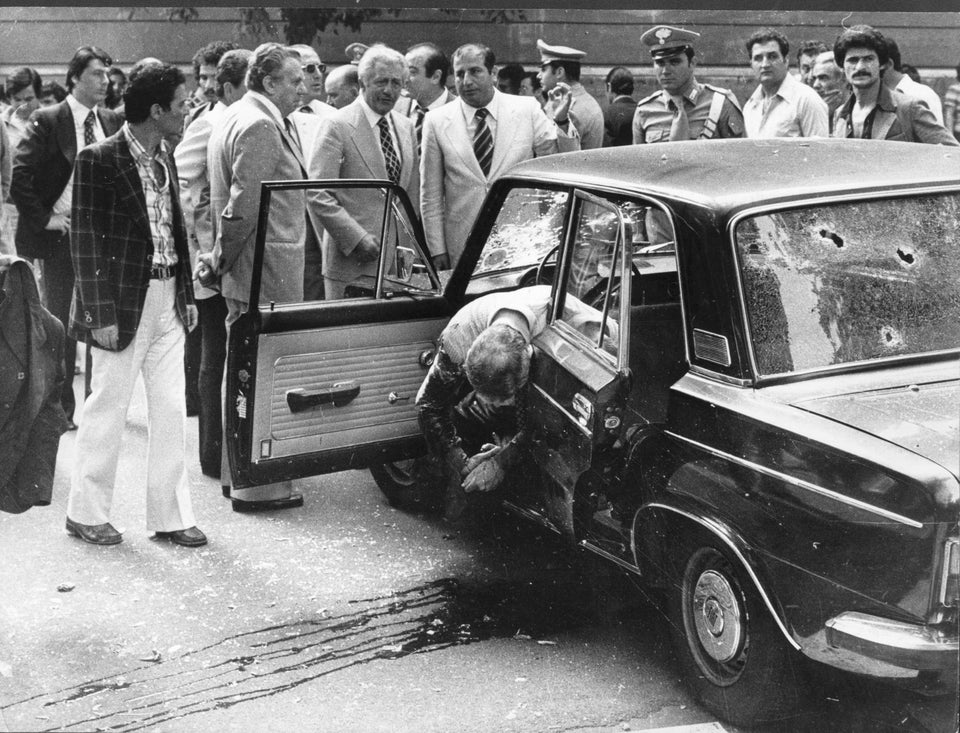
Motivation: Far-right neo-facist group
Tactics: Bombings, shootings
Operated in: Italy
Killed in Western Europe: 38
Notable attacks:The Italicus Express massacre in 1974 in which 12 people were killed and 48 wounded
In this picture, Public Prosecutor Vittorio Occurso (1928-1976) slumps in his car after having been assassinated as he left home in Rome by the Neo Fascist group.
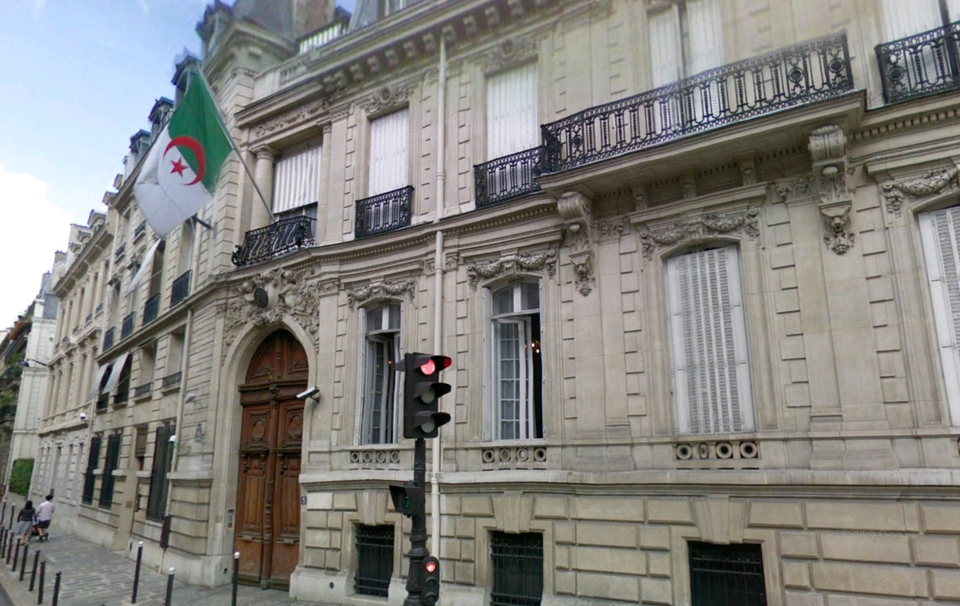
Motivation: French far-right anti-Arab terrorist group
Tactics: Bombings, kidnappings
Operated in: France
Killed in Western Europe: 4
Notable attacks: Bombed the Algerian consulate offices in Marseilles in 1974

Motivation: Far-left militant group in "anti-imperialistic struggle" with West German government
Tactics: Bombings, shootings, assassinations, kidnappings, bank robberies
Operated in: Germany, Sweden
Killed in Western Europe: 34
Notable attacks: The West German Embassy siege in Stockholm
In this Oct. 31, 1968 file picture, Andreas Baader, left, is seen together with Gudrun Ensslin during the proclamation of their sentence in their department store arson trial in Frankfurt/Main, West Germany.

Motivation: "To compel the Turkish Government to acknowledge publicly its responsibility for the Armenian Genocide in 1915, pay reparations, and cede territory for an Armenian homeland."
Tactics: Bombing, shootings
Operated in: France, Italy
Killed in Western Europe: 38
Notable attacks:The 1981 Turkish consulate attack
In this picture, Vahran Vahranian, Mihran Mihranian and Murad, respectively spokesman and members of political committee of the Armenian Secret Army for the Liberation of Armenia (ASALA), during a press conference 15 October 1986 in Beirut. ASALA, one of the Lebanese-based extremist groups, claiming co-responsibility for a wave of terror bomb attacks in France, was demanding the release from prison in France of Georges Ibrahim Abdallah, presumed leader of the Lebanese Armed Revolutionary Faction, Anis Naccache, convicted assassin of former Iranian Premier Shapur Bakhtiar, and ASALA militant Varadjian Garabidjian, jailed for a 1983 bombing of a Turkish airline counter at Orly airport near Paris. ASALA, the Marxist-Leninist terrorist group was formed in 1975 with the stated aim of forcing Turkey to acknowledge responsibility for the deaths of 1,5 million Armenians in 1915, to force Ankara to pay reparation and cede territory for an Armenian homeland. ASALA also conducted an armed campaign mainly against Turkish targets in the world.
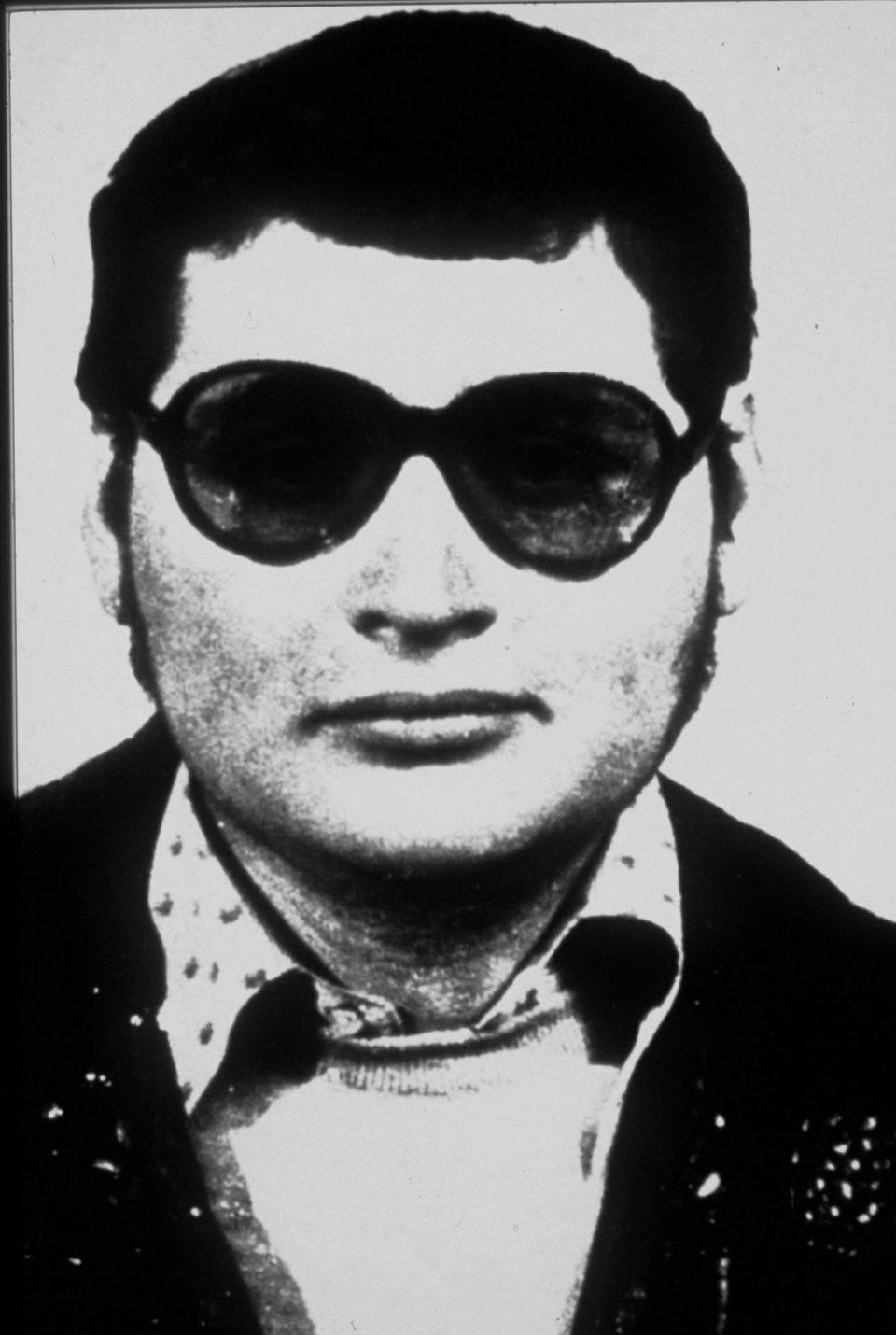
Motivation: Left-wing political terrorist and member of the PLFP
Tactics: Bombing, assassination
Operated in: France
Killed in Western Europe: 11
Notable attacks:The OPEC siege in which three people died.
Ilich Ramirez Sanchez, also known as " Carlos The Jackal, " is pictured in an undated photo. Venezuelan-born Carlos, the world's most elusive terrorist. He went on trial in Paris on December 12, 1997, for the 1974 killings of two French counterintelligence agents. He was also been charged in the 1974 attack at a noted Paris cafe that killed two people and wounded 34.
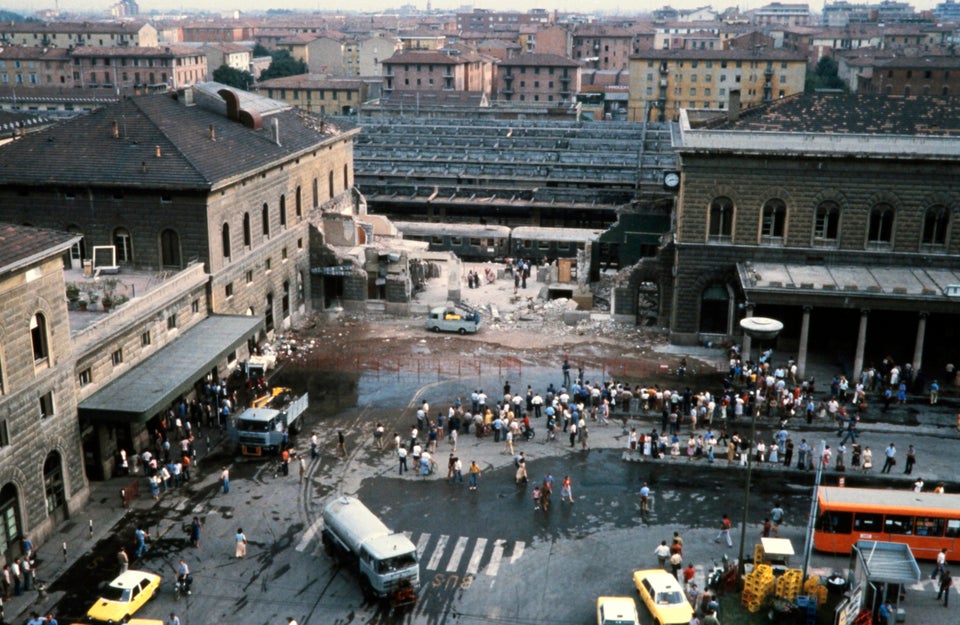
Motivation: Italian neofascist group
Operated in: Italy
Tactics: Bombing
Killed in Western Europe: 85
Notable attacks: The Bologna massacre
General view of Bologna Central station and of wagons of the Ancona-Chiasso train pictured on August 02, 1980 in Bologna after a terrorist bombing which killed 85 people and wounded more than 200. At 10:25 am., August 02, a timed improvised explosive device (IED) contained in an unattended suitcase detonated inside an air-conditioned waiting room, which, the month being August (and with air conditioning being uncommon in Italy at the time), was crammed full of people. The IED was made of TNT, T4 and a 'Compound B', also known as Composition B.
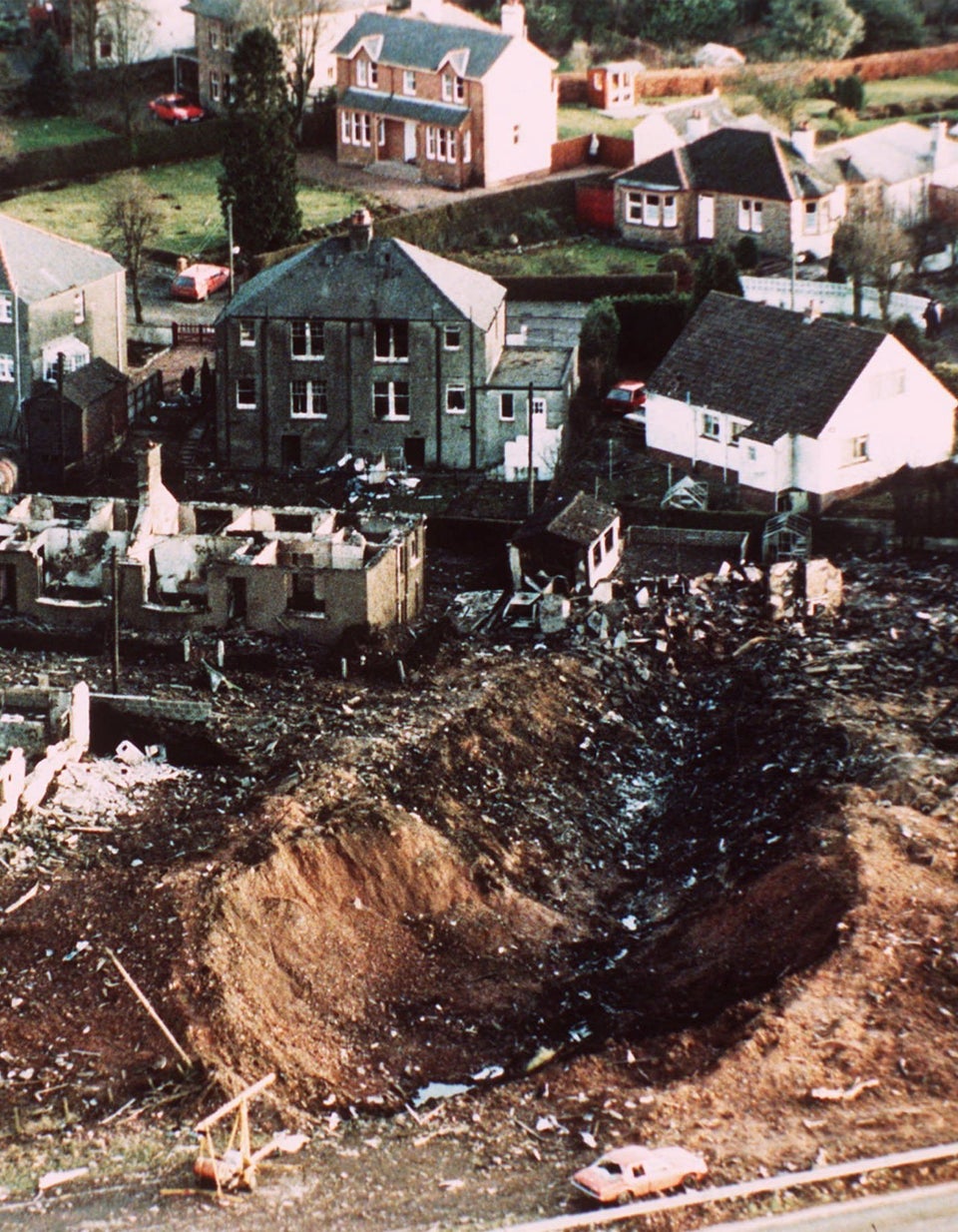
Tactics: Bombing
Deaths: 270
Notable attacks: Lockerbie
In this December 1988 file photo wrecked houses and a deep gash in the ground in the village of Lockerbie, Scotland, that was caused by the crash of Pan Am Flight 103. Although the now-deceased Libyan leader Colonel Muammar Gaddafi accepted responsibility in 2003, doubts remain about the truth behind the disaster.
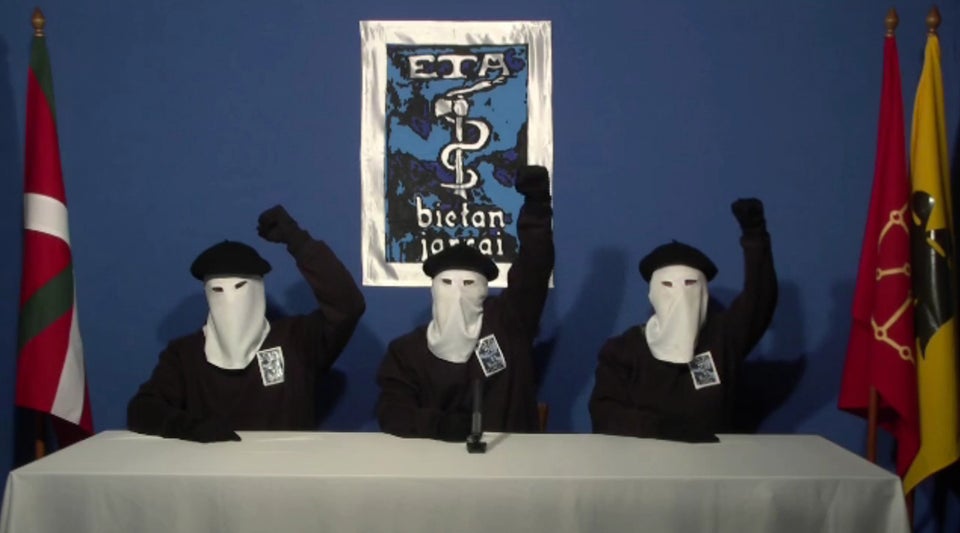
Motivation:Basque separatism
Tactics: Bombing, kidnapping, shooting
Killed in Western Europe: 829 (343 civilians)
Notable attacks: The 1987 Hipercor bombing
In this picture, masked members of the Basque militant group ETA hold up their fists in unison following a news conference at an unknown location. A Commission overseeing the Basque group ETA's cease fire has verified on Friday Feb. 21, 2014 that ETA has sealed and put beyond operational use a specified quantity of arms, ammunition and explosives.
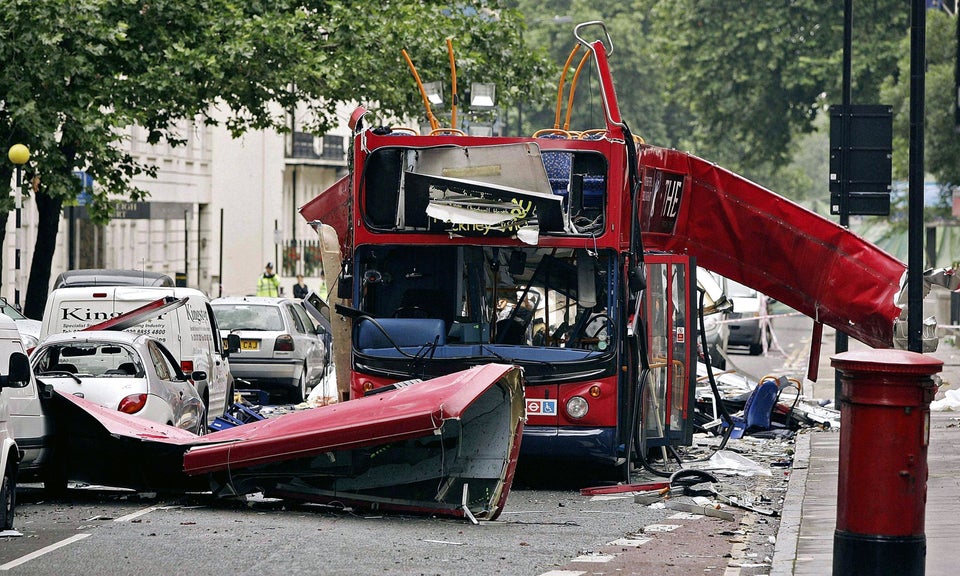
Motivation: Militant Islamist
Tactics: Bombing, shooting
Operated in: Spain, UK
Killed in Western Europe: 255
Notable attacks:7/7 Bombings
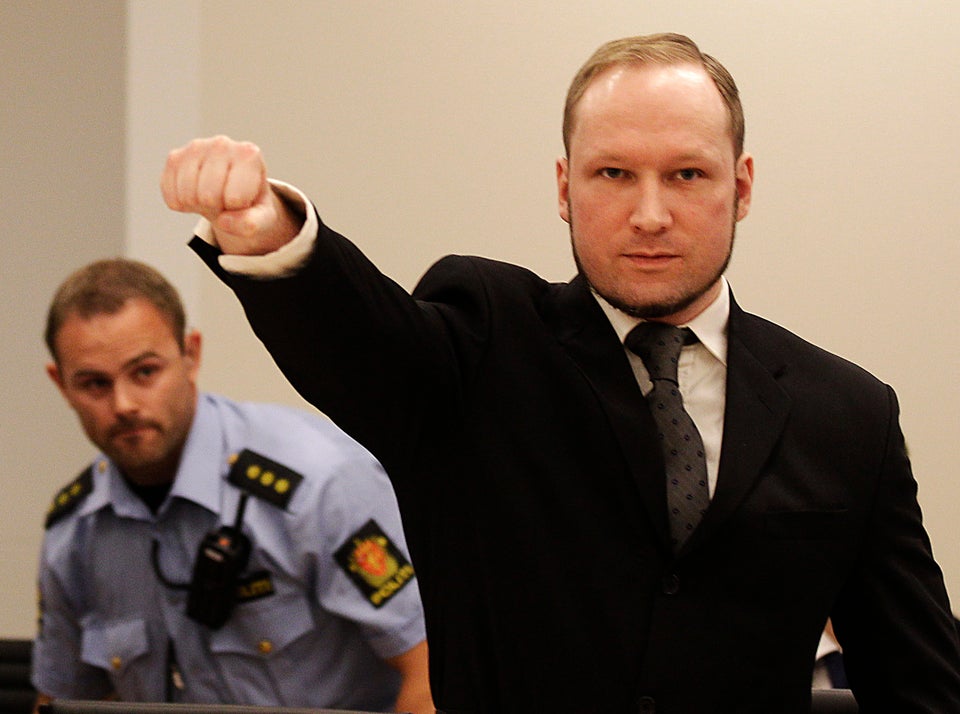
Motivation: Far-right and anti-Muslim extremist
Tactics: Bombing, shooting
Operated in: Norway
Killed in Western Europe: 77
Notable attacks:2011 Norway attacks
In this Aug. 24, 2012 file photo, mass murderer Anders Behring Breivik, makes a salute after arriving in the court room at a courthouse in Oslo. Breivik, who admitted killing 77 people in Norway in 2011, was declared sane and sentenced to prison for bomb and gun attacks. Convicted mass killer Anders Behring Breivik has applied for admission to the University of Oslo, testing the limits of Norway's commitment to rehabilitate criminals rather than punish them. Breivik wants to study political science, and prison and university officials say he could conduct self-studies in his cell if admitted to the school. University rector Ole Petter Ottersen told The Associated Press on Thursday Aug. 1, 2013 that inmates are judged by the same criteria as other applicants.
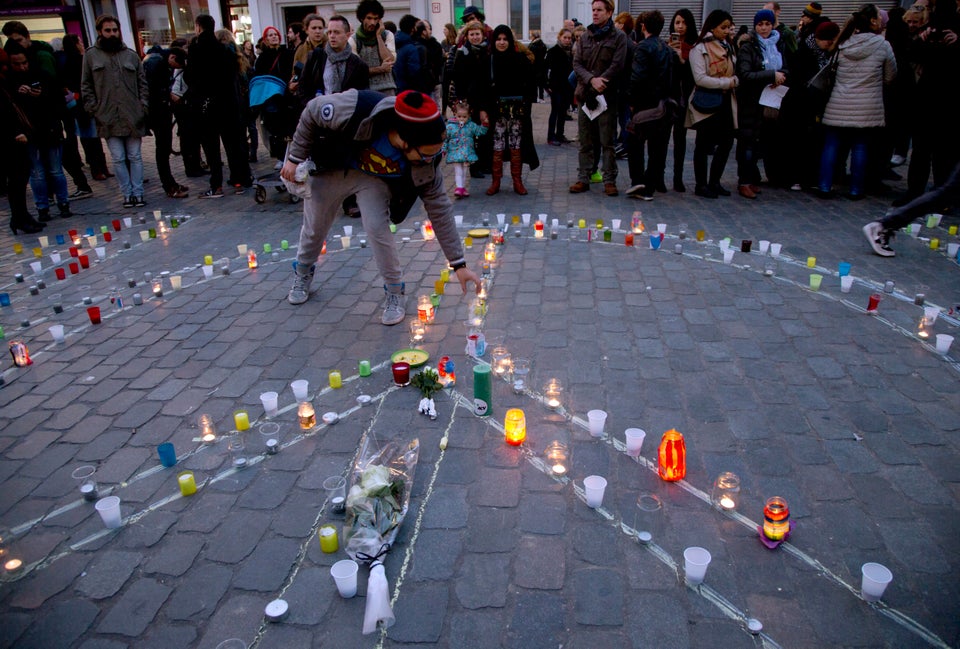
Motivation:The establishment of an Islamic Caliphate
Tactics: Bombing, shooting, kidnapping
Operated in: France
Killed in Western Europe: 130
Notable attacks:Paris Attacks
In this photo, a man lights a candle which forms a peace sign during a candlelight vigil for the Paris attacks in the town square of Molenbeek, Belgium on Wednesday, Nov. 18, 2015

